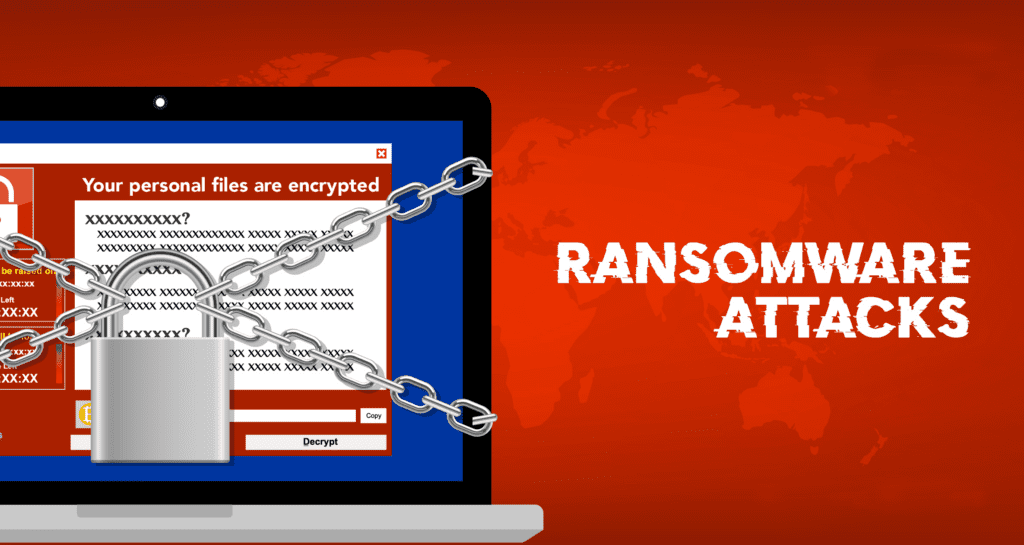How to Recover From a Ransomware Attack: A Step-by-step Guide for Financial Institutions
Did you know there were 236.1 million ransomware attacks alone in the first half of 2022? Well, ransomware attacks have become common in many organizations and financial institutions. But the good news is you can contact a professional ransomware recovery service and follow some smart steps to recover from the attack.

Here’s everything you know about recovering from a ransomware attack: a step-by-step guide for financial institutions.
Steps to Recover From Ransomware Attacks
To recover from the attack, you need to know what ransomware is. It’s a cyberattack with malware that encrypts and locks your system files. So, a user accidentally downloads or clicks on a file that appears normal at first. As soon as users download the file, it holds corporate data hostage until you pay the asked ransom, which is money.
Many ransomware companies hire hackers to attack the strongest financial institutions. Then, they share the ransom amount in exchange for giving the data back. However, here are some steps that will help you recover from the loss.
STEP 1: Identity and Report
As soon as you notice a message on your system asking for ransom or you see a changed name of your files, it’s time to identify and report. You can collect the log data from the system to understand the attack. Some of the immediate steps you can take are:
- Collect log data
- Inform the IT team and other concerned departments
- Report the attack to the government authorities
- If you see a ransom message, take a photo of it.
STEP 2: Isolate, Isolate, and Isolate
The users and employees at financial institutions must immediately isolate the system without turning it off and address the situation. Some of the steps you must perform before isolation are:
- Please don’t give any response, as the attacker can identify and change their tactics
- Evaluate the nature of the attack, how many systems it may have affected, the data, and other things.
- Once you have identified the attack, disconnect all other systems so it doesn’t spread further.
STEP 3: Have a Look at the Backup
Many financial institutions have backups of their valuable data. You should take some vigilant steps when you notice a slight hint of unusual behavior in the system, ransom demand message, or file encryption. Some of the things you can do are:
- Immediately isolate the backup to ensure it remains safe from the attack
- Always separate incremental copies so that you have the latest backup
- Use storage that can be written over. You will have recoverable access to the data.
STEP 4: Call Professional Ransomware Recovery Services
Aftering addressing the attack, saving the backup, and informing everyone, it’s time to call the professionals. It would be best not to give the ransom at any cost. The professionals like SalvageData Recovery can identify the nature of attacks, their impact, and much more.
So, you must call in a third-party recovery service that extracts corrupted data from storage devices and restores the impacted files. The experts will help you dodge the attack, restore your files, and more. The amazing software breaks the encryption algorithm to restore your valuable financial data.
STEP 5: After Recovery Steps
Once you have identified, isolated, saved what you can, reported, and recovered the attack, it’s time to create a solid strategy. Unfortunately, there are many chances that another attack can follow after the first one.
Creating a recovery strategy is important because 80% of ransomware victims suffer repeat attacks. As a result, you must change all your passwords, create backups, update software, and bring in good virus scanners. Discussing the approach with your in-house or third-party IT team and then training employees will be a great step.
Finally, Here are Tips to Prevent the Attacks
The ransomware network is huge. You can estimate its impact from $400 million ransomware ransom flows into Russian hacker wallets in 2021 alone. So, having a proactive strategy is important. You must have a secured, updated system with double authentication, strong passwords, and more.
Also, you must limit access to the system with sensitive information. Having regular backups is important. Finally, train your employees to avoid downloading suspicious files. Awareness can minimize attacks and their impact a lot.
If your organization faces ransomware attacks, it’s best to call professional ransomware recovery services to retrieve your data immediately.
DISCLAIMER: The Information on this website is provided as general market commentary and does not constitute investment advice. We encourage you to do your own research before investing.
Join us to keep track of news: https://linktr.ee/coincu
Thana
Coincu News

















